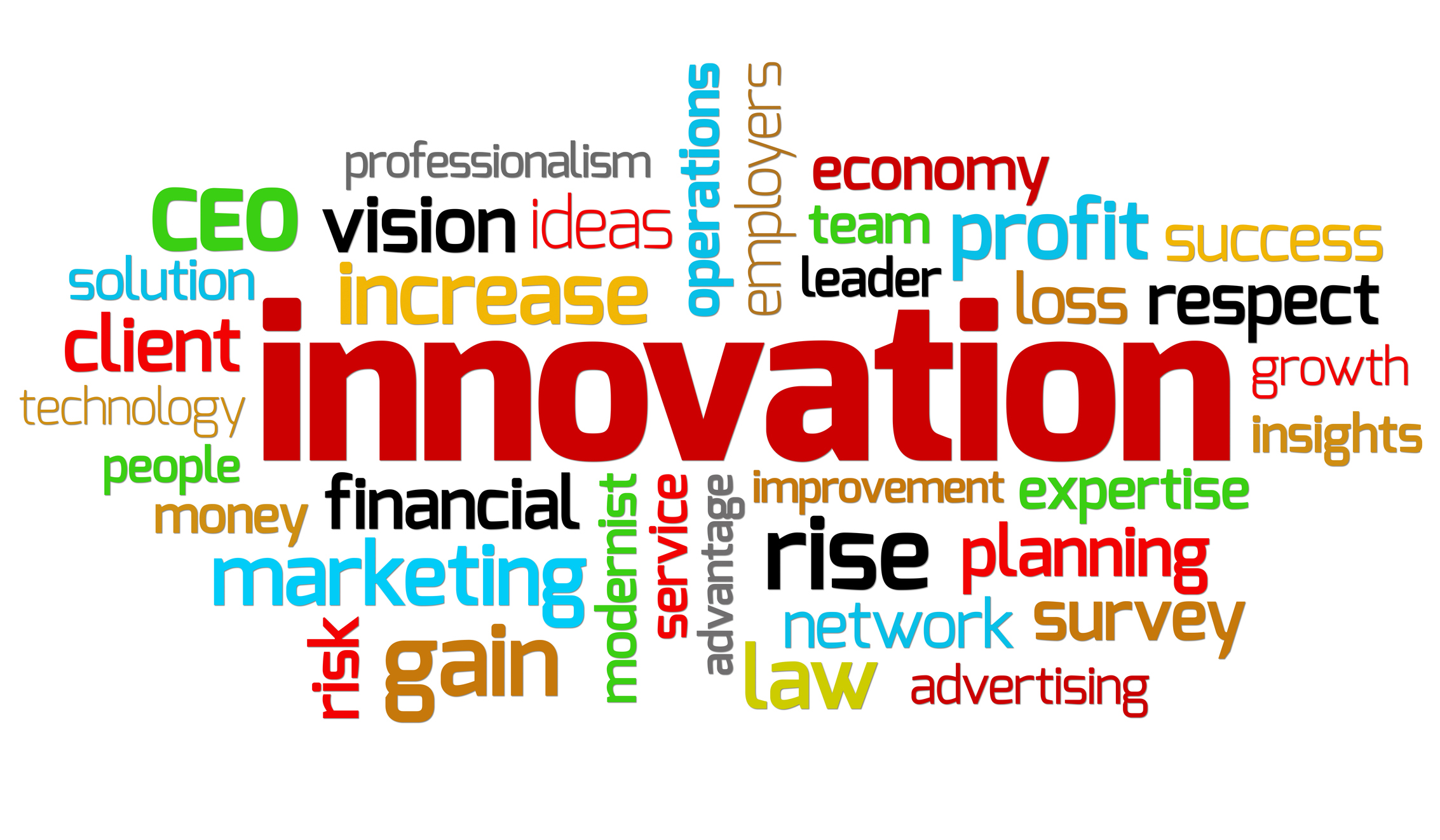
PLM Consulting
We help companies optimize their go to market processes, cut development time, increase revenue and margins.
Business Solutions
We can work with your existing software or help you select industry specific PLM solutions to fit your business model.
Training Courses
Mebsys PLM can develop customized easy to use effective training courses tailored to your business.
What Is PLM?
PLM (Product Lifecycle Management) is the methodology-solution that enables organizations to manage the innovation, design, development, and modification of their product offerings through the stages of their life cycles, from concept through retirement.
Its primary function is to coordinate the processes, information, and resources associated with the lifecycle of products and validate the design, regulatory compliance, claims & documentation while enabling optimum speed to market, quality health, margin health and integrate all related data.
PLM delivers the automation of BOMs creation, Formulation Optimization, documents, and metadata while providing visibility across the entire process and it combines the data with ERP, MES, CAD, etc. Ultimately, resulting in better strategic decision making which will directly impact the overall current and future health state of the organization.
The Four Main Phases of PLM
Source: Wikipedia, Mebsys. Click on the + sign to expand each phase.Phase 1. Conceive
Ideation, Innovation, Requirements
The first stage is the definition of the product requirements based on company, customer, market, and regulatory bodies’ viewpoints. Then, the main technical parameters can be defined. Concurrently, the initial design concept work is performed defining the characteristics of the product together with its main functional aspects. Many different media are used for these processes depending on the industry type, from pencil and paper to clay models to 3D CAID computer-aided industrial design software for the discrete manufacturing industry, or lab formula prototype design for the process manufacturing industry. However, life-cycle engineering is iterative. It is always possible that something doesn't work well in any phase enough to back up into a prior phase – perhaps all the way back to conception or research.
Phase 2. Design
Define, Develop, Test, Analyze, Validate, Regulatory Check, Document
This is where the detailed design and development of the product's form starts, progressing to prototype testing, through pilot release to full product launch. It can also involve redesign and ramp for improvement to existing products as well as planned obsolescence.
Process ManufacturingThe main software tools used for in the Process Manufacturing Industry are Excel, Formulation Software, PLM Software. Such software/solutions include technology such as Formula Optimization, Least Cost Formulation, Substance allowance by domicile reporting, Guidelines and Restrictions, Nutrition (for food products), Labeling and Costing.
Formulation specifies the ingredients and the amounts (e.g., pounds, gallons, liters) needed to make the product. The first thing to recognize is that to be able to work with a formula, the units of measure must correspond; a flexible unit of measure conversion engine running under an ERP software cover is needed. Furthermore, conversion rules must be specified to account for the unique requirements of the business in question.
The proportions of ingredients in a formula also highlight the need for another feature, namely scalability. A formula to make 500 liters of a chemical must be scalable to make 250 liters or 1,000 liters. Another aspect of scalability is that it makes possible manufacturing based on how much of an ingredient is available. An example will illustrate this point. If you are making a car and only have two of the required four tires, you cannot make half a car. In other words, you must have all the parts in the required quantities to make the finished product; they are not scalable. But in process manufacturing, if you want to make 1,000 gallons of soda and you only have 500 gallons of the required 1,000 gallons of carbonated water, you have the option of making half as much soda. In process manufacturing you can make as much of a finished product as is specified in the formula for the smallest quantity in stock of one of the ingredients.
Discrete Manufacturing
The main tool used for design and development is CAD. This can be simple 2D drawing/drafting or 3D parametric feature-based solid/surface modeling. Such software includes technology such as Hybrid Modeling, Reverse Engineering, KBE (knowledge-based engineering), NDT (Nondestructive testing), and Assembly construction.
This step covers many engineering disciplines including mechanical, electrical, electronic, software (embedded), and domain-specific, such as architectural, aerospace, automotive, ... Along with the actual creation of geometry, there is the analysis of the components and product assemblies. Simulation, validation, and optimization tasks are carried out using CAE (computer-aided engineering) software either integrated into the CAD package or stand-alone. These are used to perform tasks such as: Stress analysis, FEA (finite element analysis); kinematics; computational fluid dynamics (CFD); and mechanical event simulation (MES). CAQ (computer-aided quality) is used for tasks such as Dimensional tolerance (engineering) analysis.
Another task performed at this stage is the sourcing of bought-out components, possibly with the aid of procurement systems.
Phase 3. Realize
Manufacture, make, build, procure, produce, sell and deliver
Once the design of the product's components is complete, the method of manufacturing is defined. This includes CAD tasks such as tool design; including the creation of CNC machining instructions for the product's parts as well as the creation of specific tools to manufacture those parts, using integrated or separate CAM (computer-aided manufacturing) software. This will also involve analysis tools for process simulation of operations such as casting, molding, and die-press forming. Once the manufacturing method has been identified CPM comes into play. This involves CAPE (computer-aided production engineering) or CAP/CAPP (computer-aided production planning) tools for carrying out factory, plant and facility layout, and production simulation e.g., press-line simulation, industrial ergonomics, as well as tool selection management. Once components are manufactured, their geometrical form and size can be checked against the original CAD data with the use of computer-aided inspection equipment and software. Parallel to the engineering tasks, sales product configuration and marketing documentation work takes place. This could include transferring engineering data (geometry and part list data) to a web-based sales configurator and other desktop publishing systems.
For the Process Manufacturing Industry, this includes the conversion of the formula to a BOM (Bill Of Material), usually via software integration. The procurement and booking of materials, cost analysis, final regulatory validation, and the creation of all require documentation associated with the launch of products.
Phase 4. Service
Use, operate, maintain, support, sustain, phase-out, retire, recycle and disposal
The final phase of the lifecycle involves managing "in-service" information. This can include providing customers and service engineers with the support and information required for repair and maintenance, as well as waste management or recycling. This can involve the use of tools such as Maintenance, Repair and Operations Management (MRO) software.
There is an end-of-life to every product. Whether it be disposal or destruction of material objects or information, this needs to be carefully considered since it may be legislated and hence not free from ramifications.
Our Services
Consulting Services
Extensive list of consulting services including Business Process Engineering, PLM workshops, Go To Market Strategy Workshop, Cost Management, Increase Revenue, Compliance Management . . .
Deployment Services
Implementation services, from migration, to integration, project management and full deployment. We can Implement or Upgrade INFOR PLM for Process, Discrete and Fashion . . .
App. Development
Custom Application Development using the latest technology to provide add on functionalities to your existing deployed solutions. API loosely coupled integration, scalable & upgradable . . .
Our Family of Consultants
Our consultants’ team is comprised of experienced specific PLM discipline focused individuals from the North America, Latin America, European and Asia Pacific regions. Mebsys CEO, Carmelo Marafioti, is a VISION driver, contagious culture change executive who loves to help companies renovate their sales strategies, increase margins & revenue, solve problems. He is also absolutely addicted to technology.
Take as an example Regulatory Documents for Process Manufacturers, such as Technical Data Sheet, GMO Statement, Country of Origin Statement, Nutritional Composition, etc. We have dedicated PhD regulatory experts who will personally check for data integrity and ensure you are in compliance. You can hire mebsys to fully manage your regulatory compliance or just have us review your work. The cost of a recall is always significant, and it can shut down a company. Due to the high demand, this area of consultancy requires a lead time, sometimes 60 or more days.
In his career, Carmelo has become an industry mentor for identifying and fostering the next generation of talent. This includes his volunteer work at the Institute of Food Science Technology as well as day-to-day management of large teams. When Carmelo engages organizations with two main goals. First, to apply innovative thinking as well as the best practices from his earlier experience to a new setting. Second, bring results-oriented, analytical planning to every executive team. His experience is appreciated, and often take the lead as a senior advisor on product development teams as well as sales planning executive teams. He a track record of identifying opportunities to improve efficiency and service and is recognized for consistently delivering high-quality results and for developing critical procedures and policies to improve business processes.
Latest News
Check back periodically for the latest PLM related industry news.



